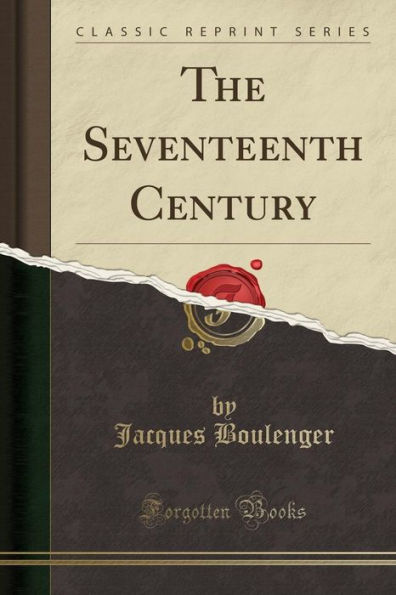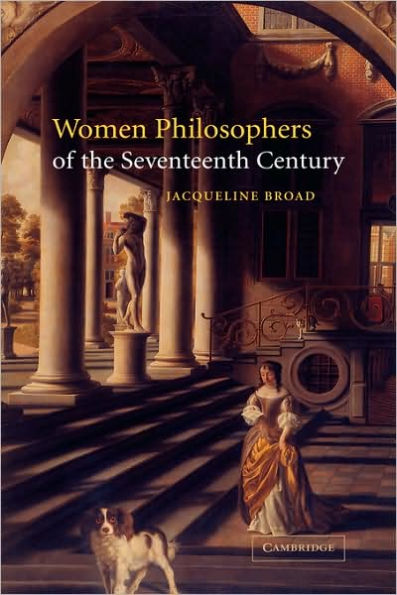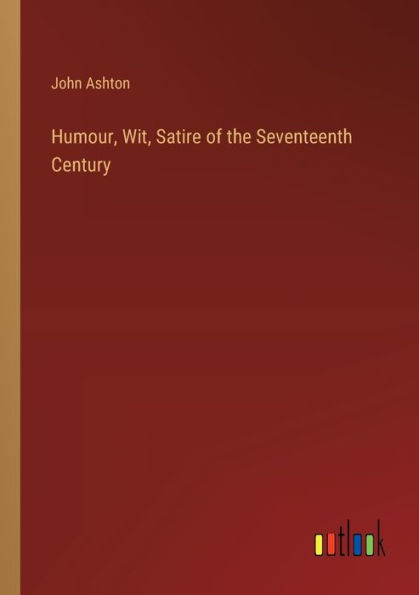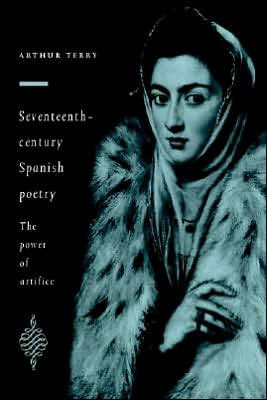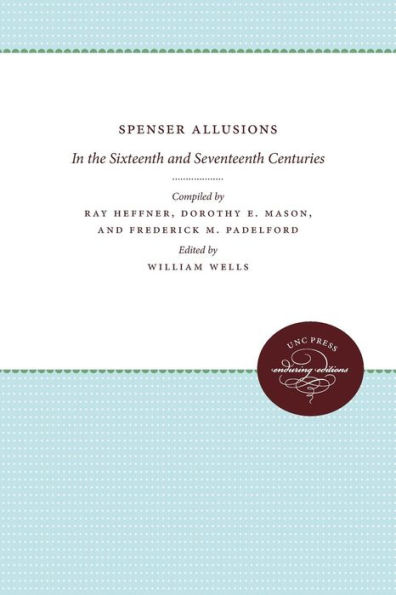Home
THE VISION OF DEATH: Wax Sculpture in the Seventeenth Century


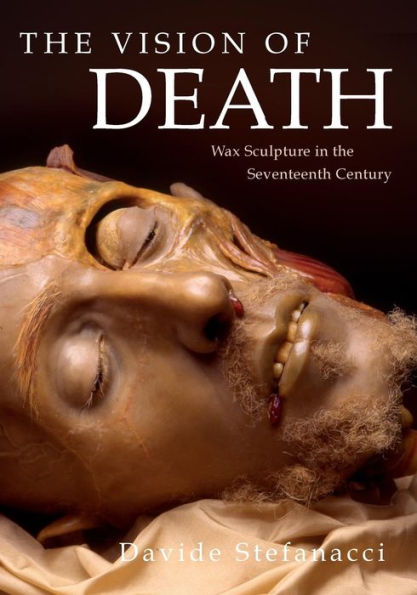
THE VISION OF DEATH: Wax Sculpture in the Seventeenth Century
Current price: $72.00
Loading Inventory...
Size: OS
The seventeenth century saw a marked increase in wax sculptures across Europe. Capable of producing powerful, realistic representations of the human form and anatomy, wax was used to create anatomical models, effigies, portraits, and tableaux celebrating themes of man's mortality.
Davide Stefanacci argues that a common theme runs through seventeenth-century wax sculptures: a preoccupation with death. Through wax representations, Europeans could achieve immortality-of a sort. The grim realism the medium was capable of representing was used to promote meditative thought while the sculpture's ability to move was quickly recognized by a Catholic Church eager to control lives and keep order during the Counter-Reformation.
Stefanacci combines the study of noncanonical works of art with an examination of the social crises gripping seventeenth-century Europe to interpret the intention and effect of wax sculptures in unprecedented ways. He sheds light on the previously overlooked use of sculptural polychromatic representations in wax and makes the compelling case that, by interpreting wax sculptures as representations of life, art history has neglected the concrete and powerful presence of death in seventeenth-century life.
Straightforward in style and compelling in scope,
challenges accepted views on the intent and impact of European wax sculpture.
